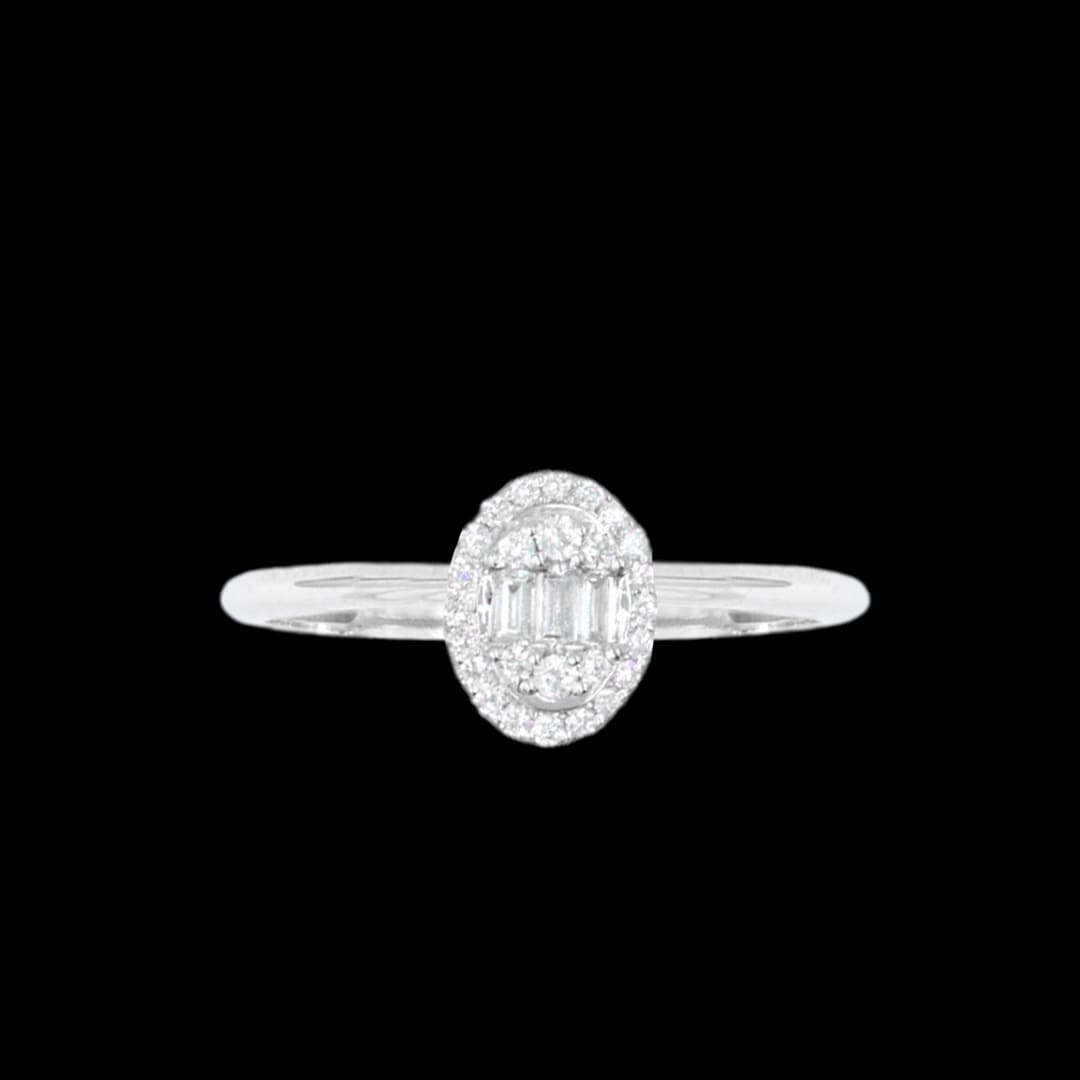
The History of Engagement and Wedding Rings: How the Tradition Began
When you think of a marriage proposal, chances are you imagine someone dropping to one knee and presenting a ring—an iconic symbol of love and commitment. But have you ever wondered how this tradition started? The story of engagement and wedding rings goes back thousands of years, blending history, culture, romance, and symbolism into a ritual that has stood the test of time.
The Origins of the Wedding Ring
The concept of the wedding ring can be traced back to Ancient Egypt, over 4,800 years ago. Egyptians believed that the circle symbolized eternity and that the ring’s open center represented a gateway to the unknown. They would craft rings out of braided hemp or reeds and wear them on the fourth finger of the left hand, believing that a vein—later called the “vena amoris” or “vein of love”—ran directly from that finger to the heart.
The tradition was later adopted and popularized by the Greeks and Romans. Roman betrothal rings were often made of iron, symbolizing strength and permanence. Gold rings started to appear as the Roman Empire became more prosperous, reflecting wealth and status.
The Emergence of the Engagement Ring
While wedding rings had ancient roots, engagement rings as we know them today began in the Middle Ages. In 1477, Archduke Maximilian of Austria gave Mary of Burgundy a gold ring set with a diamond to formalize their engagement. This is often cited as the first recorded use of a diamond engagement ring.
Diamonds, due to their strength and brilliance, became a natural symbol of enduring love. However, engagement rings were not yet a widespread custom and remained mostly among European nobility and the wealthy elite.
The Rise of the Diamond Engagement Ring
It wasn’t until the 20th century that diamond engagement rings became a global phenomenon. In 1947, De Beers launched its now-famous advertising campaign with the slogan: “A diamond is forever.” This campaign revolutionized the jewelry industry, embedding the idea that a diamond ring is an essential part of every proposal.
The campaign not only boosted diamond sales but also cemented the idea that an engagement ring should be precious, enduring, and a reflection of one’s love.
Wedding Rings as a Shared Tradition
Unlike engagement rings, which are typically worn by one partner (traditionally the bride), wedding rings are exchanged by both partners during the wedding ceremony. This custom became more widespread in the West during the 20th century, especially around World War II, when soldiers would wear wedding bands to feel connected to their spouses back home.
Today, wedding rings are exchanged as a mutual symbol of unity, equality, and lasting commitment.
Modern Day and Cultural Variations
In many cultures, the traditions around rings differ. For example:
-
In some European countries, the engagement ring is worn on the right hand, then moved to the left after the wedding.
-
In India, toe rings are also a traditional symbol of marriage.
-
In Scandinavian countries, both men and women may wear engagement rings.
Despite these differences, the core symbolism remains the same: rings represent an unbroken bond, endless love, and a promise of forever.
A Global Tradition
What started as a simple loop of grass in ancient Egypt has evolved into a global tradition rich in meaning and emotion. Whether it’s a sparkling diamond or a minimalist band, engagement and wedding rings are powerful symbols of love and commitment that continue to play a central role in marriage traditions around the world.
View Abdullah Sakkijha Jewelry’s latest collections and pieces: https://abdullahsakkijha.com/
Visit us: Swefieh, Al-Hamra Street – Amman, Jordan
Follow us on our socials:
Instagram | Facebook |Snapchat | TikTok | YouTube


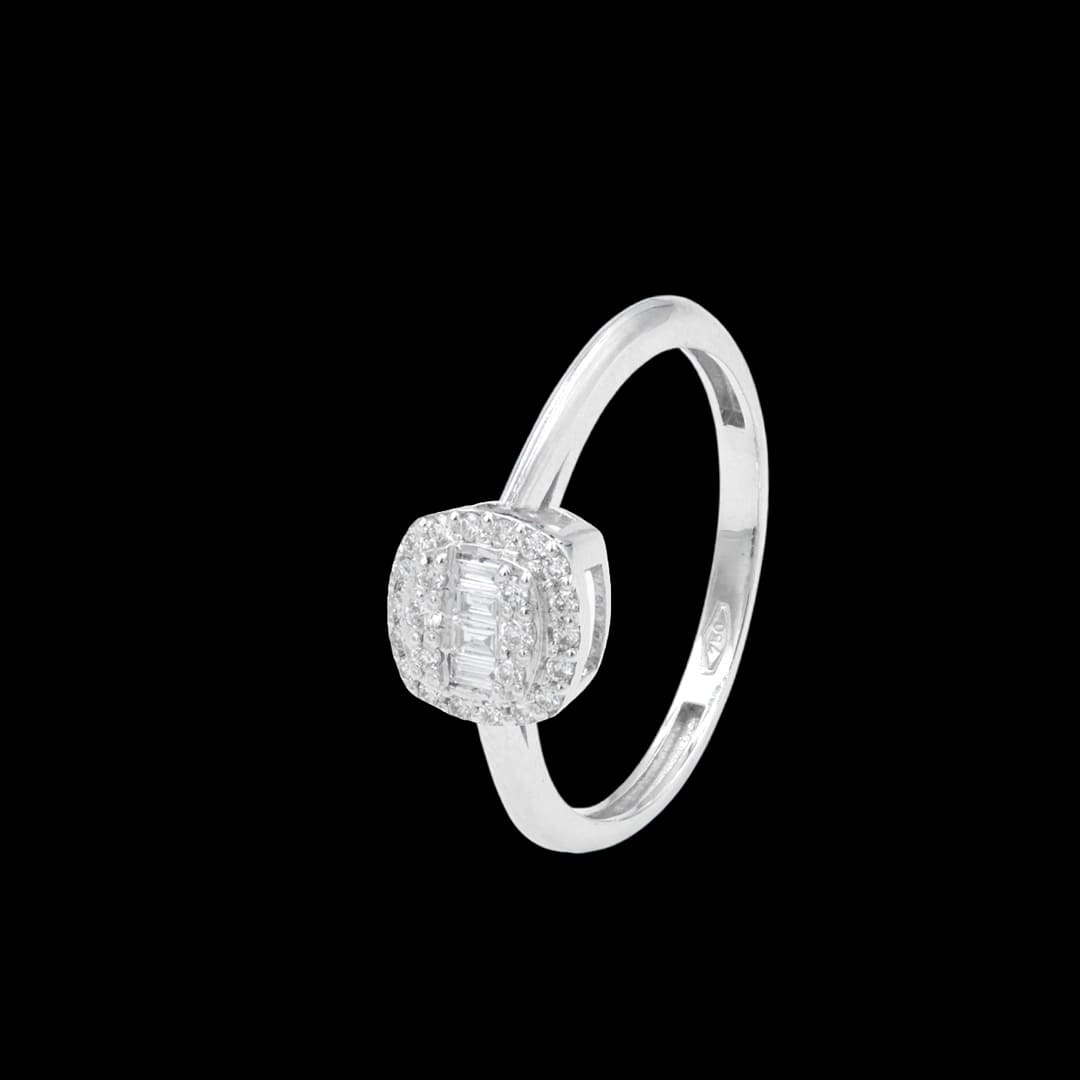
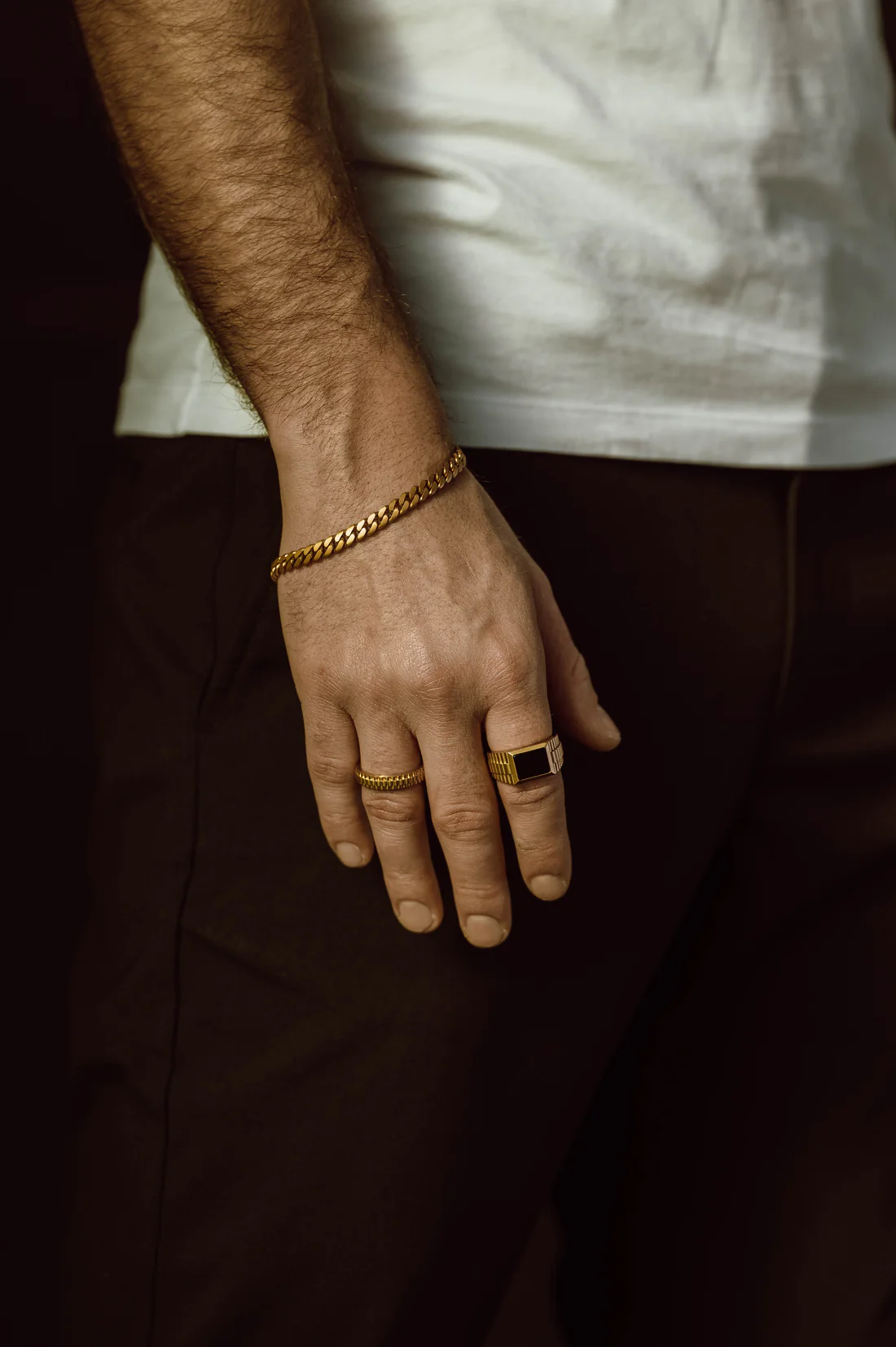
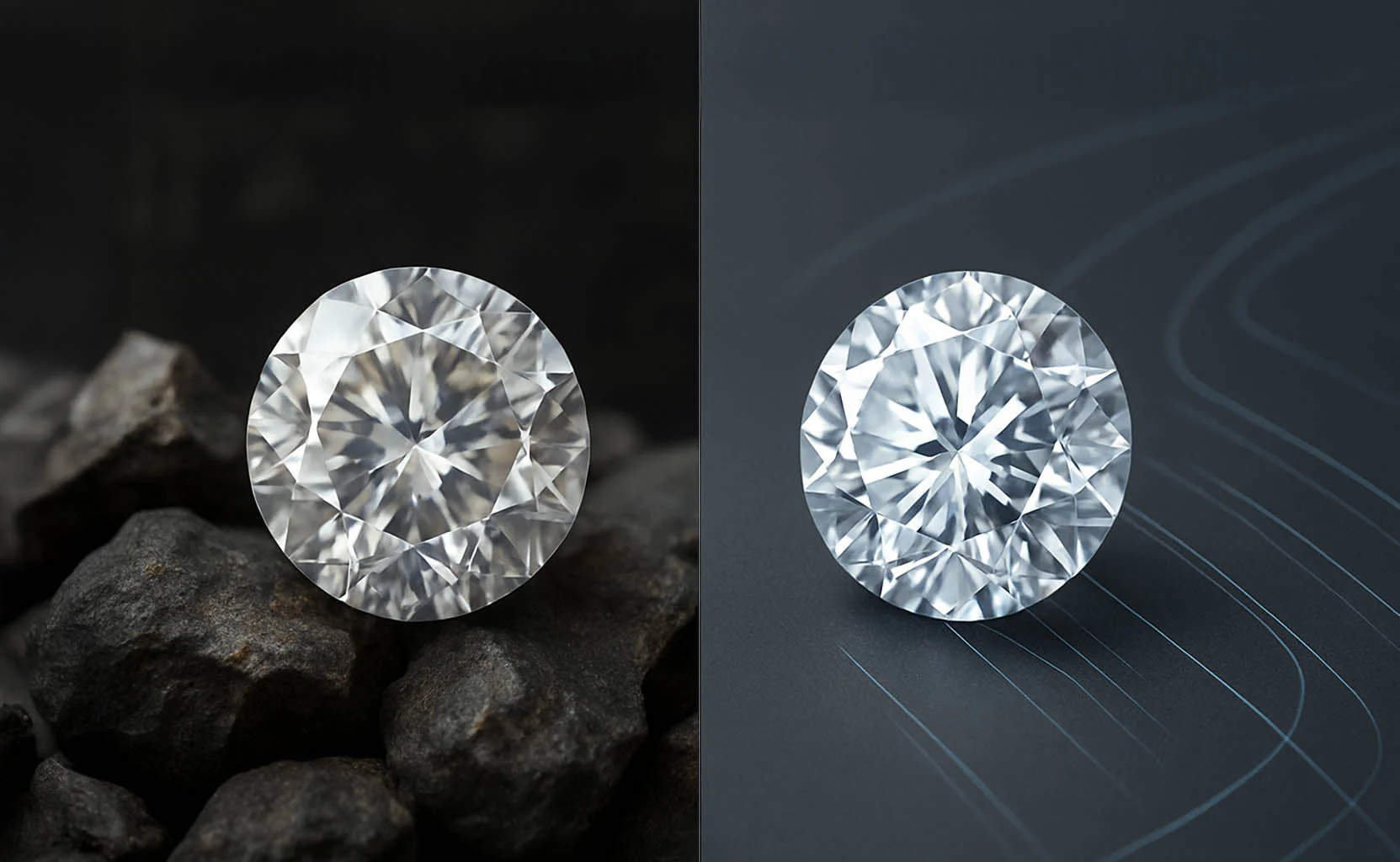

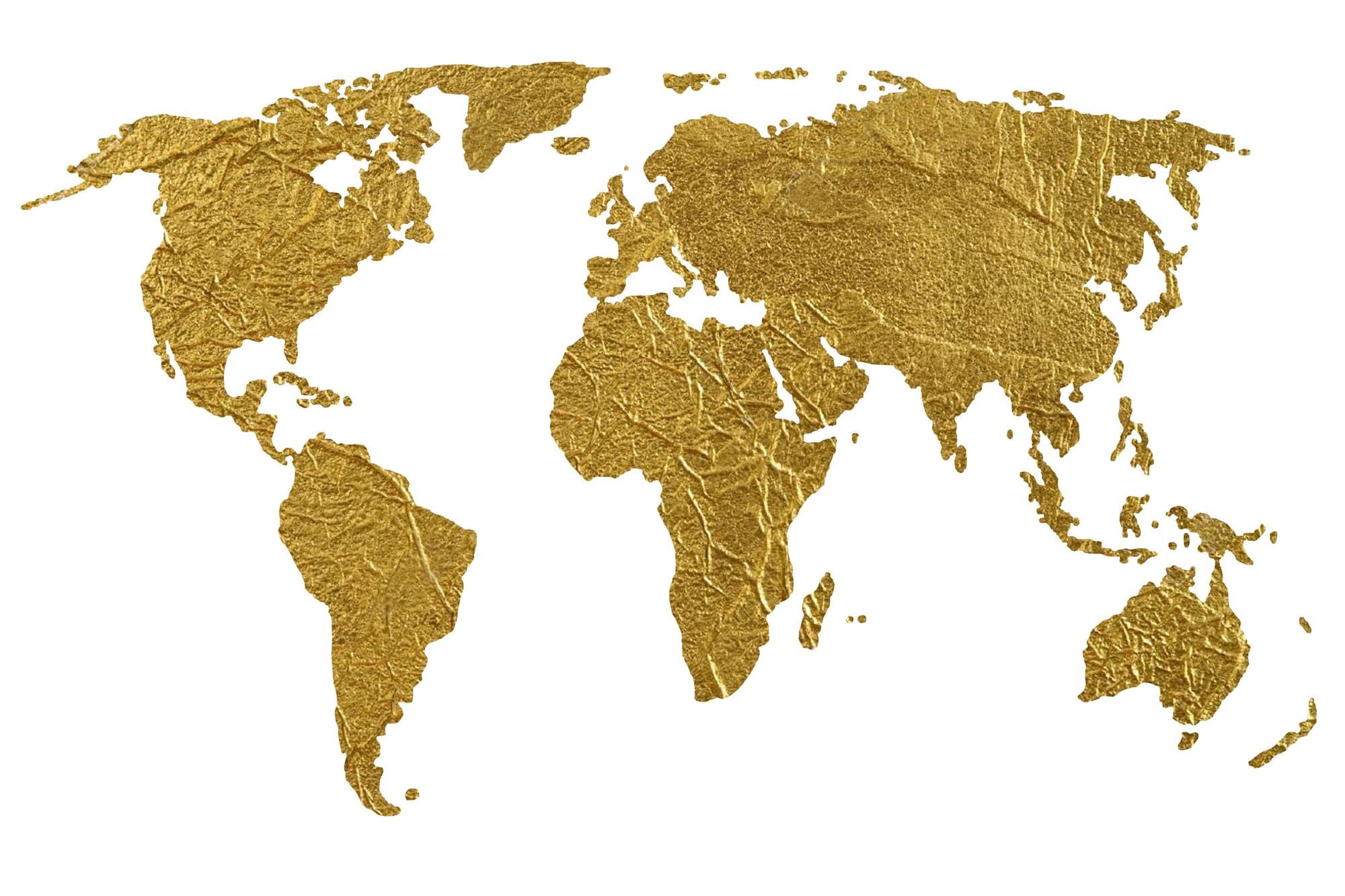
Add comment